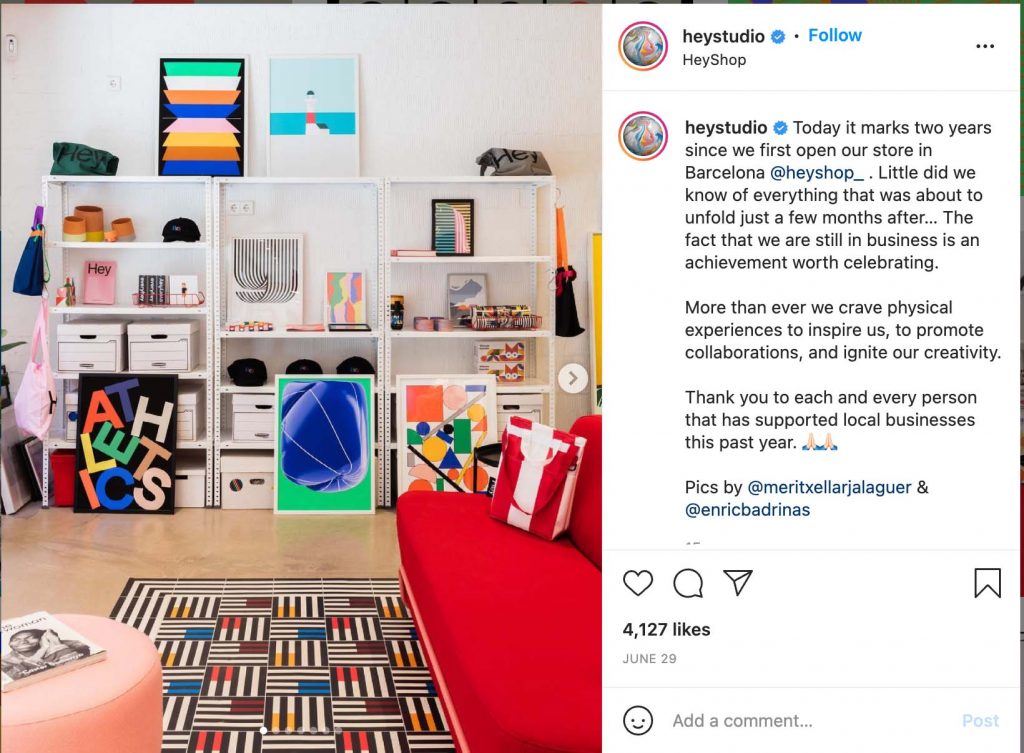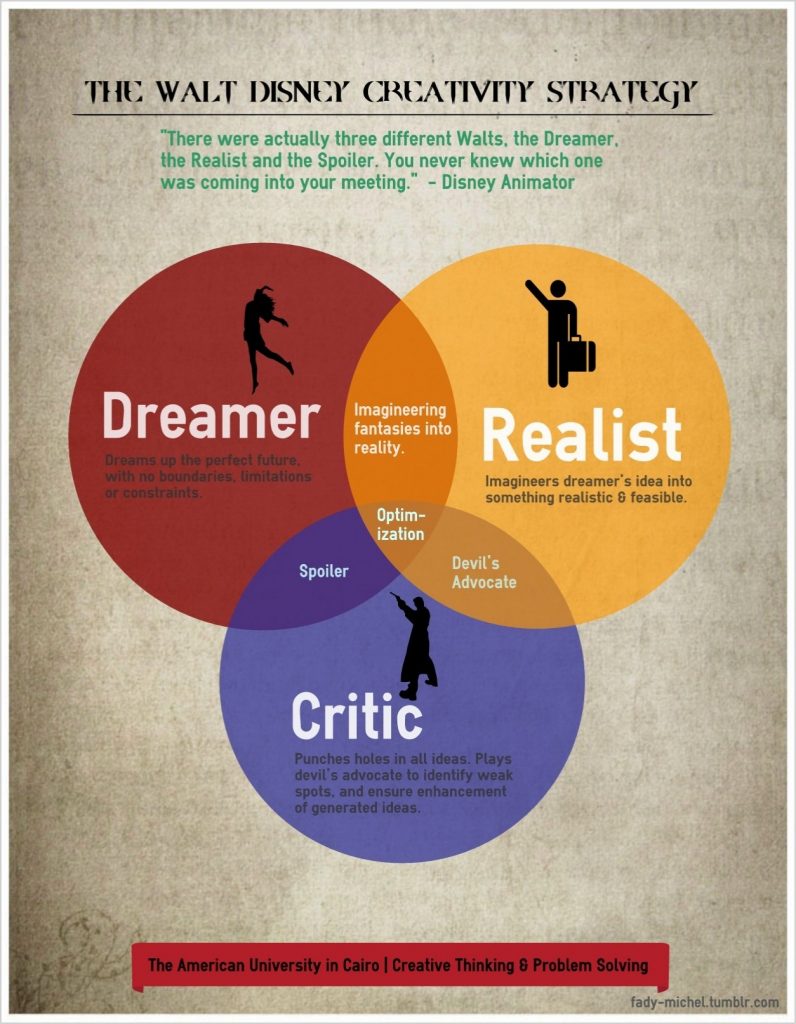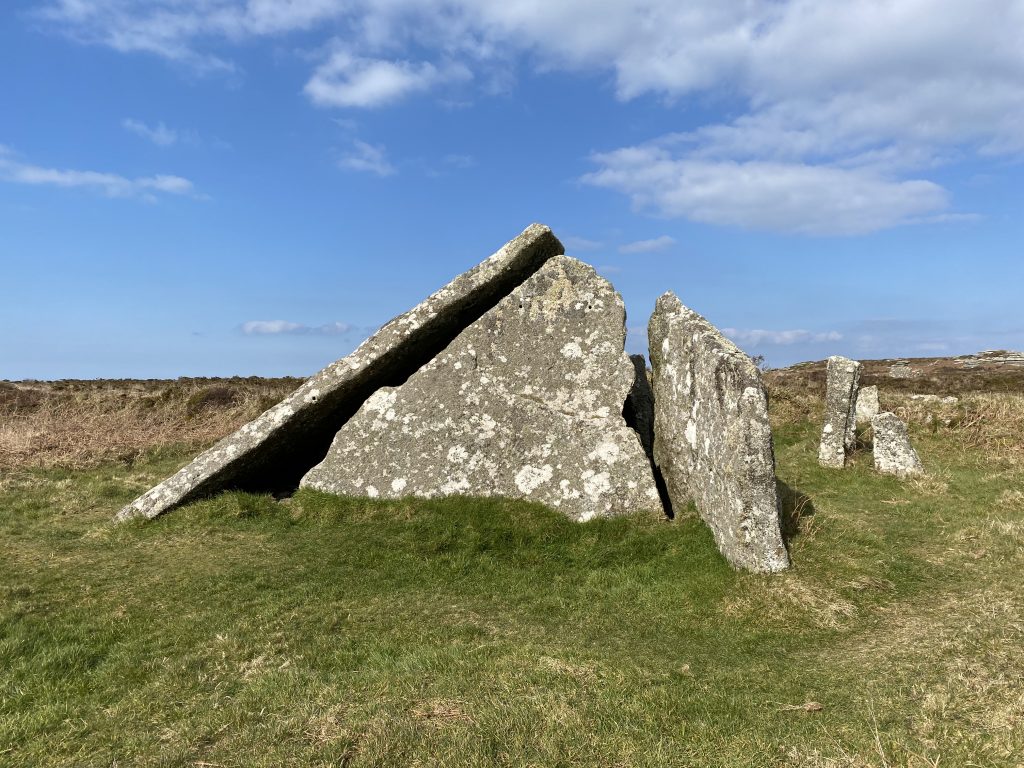Lectures with Christoph Miller –Offshore, Veronica Fuerte –Hey, Vince Frost –Frost Collective, Sam Bompas –Bompas & Parr, James Stringer –Werkflow
The lecture this week asked two questions from our panel.
- How do you identify the subject of a self-initiated project?
- How do you structure and plan the production of a self-initiated project?
Self initialised projects can be intimidating. When you are working with or for a client you have certain expectations and directions laid out from the outset. Some clients are willing to work more collaboratively, but some are more interested in a straight transactional relationship with a project. Shifting to being your own client requires more than just coming up with an idea or seeing it through, it requires a certain amount of vulnerability and courage.

From the lecture I appreciated the different approaches each took. Veronica Fuerte explained how she would either explore unused concepts from client projects or start from zero when she had spare time in her studio, but her studio had been founded on self initiated projects as she needed them to generate commercial interest. Vince Frost spoke about projects that started very intimately, noticing personal struggles with things like his health and well being and using design principles to help him solve them. When the approach was helpful to himself he started sharing it with others and it generated momentum from there. This reminded me of my research from module 3 – Recording your moods or thoughts can lead to spotting patterns or experiences and bolster your emotional intelligence. It is worthwhile to keep a journal or some method of recording projects and ideas you may have, and then revisit them in the future when you are feeling uninspired or have time to develop a personal project. (The downside of this is that I often have trouble understanding my notes or sketchbooks from the past. The more excited by an idea I am, the less legible my handwriting becomes!)
In my own practice I need to be braver and more consistent about keeping a sketchbook. I used to sketch and draw often, journalling trips with small watercolurs and taking time to draw every day. I have neglected this part of my life a bit as the pressing needs of childcare and a commercial practice left me with less time for myself, and I have noticed a decline in my drawing skills as a consequence. I find myself very intimidated anytime I feel that desire to draw or record my experiences again, and that my skills are not adequate. This is one of the things I need to overcome, as I feel I have lost a rich part of my creative identity.
I find Sam Bompas’ approach very interesting as well – he does not seem to be very involved in the practical or skills based portions of a creative project – being more of an idea generator and project manager. He treats self initiated projects the same as a commercial project, outlining 6 steps to the process:
- Initial outlines/scope
- Budget
- Timeline
- Identify a team
- Design Phases
- Outcome
The danger to Sam’s approach is that he is most excited by the idea itself, and enjoys talking about it and sharing it to the point that talking about the idea becomes more satisfying than accomplishing it. While I don’t have this same issue, I am hesitant to start projects for other reasons, and it has the same outcome. Ideas end up unused or packed away for a future me who has more time or budget to devote to them, and never taken out again. These ideas could have developed into something real had I given them more time or been brave enough to jump into a project without knowing where it would end up. This is one of my main motivations for studying this course – to develop my personal practice further and to take risks and learn from them.
From the book
A good design brief should be written together, bringing designer and client into alignment. It should lay out expectations and milestones, as well as taking into consideration processes, budgets, and deliverables.
Don’t be a taxi driver! (By always taking the quickest route to the solution- explore other modes of transport first)
Don’t call yourself a service- be a partner instead! Stamp out being undervalued.
I very rarely get design briefs in my professional practice, I’m much more likely to get a napkin with scribbles on it shoved at me or a larger job for a client I already having a working relationship with. I spend a good deal of time establishing what the client needs and taking notes, which I suppose is creating my own design brief. I need as much information as possible to liaise with the production and costing side of the business, but I seldom have the time or need to write an official design brief.
My questions need to be split between design and production considerations, and as I work within the print industry, are normally based around the need for a physical outcome. I appreciated these categories from the book –
Intangible, qualitative, softer Vs. pragmatic, tangible, measurable
and find I need to strike a good balance between all of them to be effective.
Further research

In my further research this week I came across the 3 Stages of creative strategy from Disney.
- The dreamer:
- The first stage allows the team to unlock their creativity. Focus on letting the ideas flow without criticism or restrictions.
- Ask yourselves: What do we want? How can we imagine a solution? What are some potential benefits of this solution?
- The realist:
- Now switch to realist mode. Start from the premise that the dream is possible. Assuming that you can achieve it, figure out what steps you would need to take to do so.
- Ask: how can we apply this idea? What is our action plan? What is our timeline? What resources would we need?
- The critic:
- Once you have an action plan, it’s time to uncover potential roadblocks.
- Ask: what could go wrong with this idea? What is missing? What are some potential weaknesses?
By working through these three stages in order, you cover all aspects of a project and
Workshop Challenge
1. Review the subjects, research and outputs you generated during the GDE710 Contemporary Practice module. Make notes about the topics that interest you and consider the characteristics of your personal interests, identity and experiences.
2. Write a short description to outline four potential self-initiated project ideas (up to 100 words per project idea) and add these notes to your blog.
3. Select one self-initiated project and post an overview to the Ideas Wall, to encourage discussion and feedback.
4. Write a brief for your self-initiated project and upload it to your blog.
I looked at both the projects I did over the last three modules as well as alternative ideas I hadn’t chosen to pursue. I narrowed it down to four projects that would be feasible to complete or have a viable outcome within the four weeks we have available.
- Expand current skills and learn motion graphics, tying into the series of videos about Cornish quoits and landmarks/history/stories I’ve been developing with my husband. We’ve already started gathering footage and have been researching the places we go on walks since I started looking into this subject in module 2. This is a longer term project, but I could focus on just the motion graphics for the intro and possibly finishing one episode.
- Continue to work on a previous project such as my grandmother’s journals, while I still want to do this, I really want to tie it into an actual trip to visit the places she lived. Hopefully when Covid calms down and travel is more feasible I can make this into a trip. I could definitely set the journals within the four weeks, but I’d prefer to explore the areas first.
- Treasure candles – scope here for a full branding package plus learning how to make candles. This is an idea that has commercial legs, but I’m not sure I want to launch a candle making business necessarily! Treasure candles are very popular in the US, but haven’t broken into the UK market. From my research I think there is a market for Cornish treasure candles, made with local Cornish jewellery and sold in local gift shops.
- Screenprinted posters – Printmaking is still one of my favourite things. I’d love to spend time in a printing studio making things. I think this could easily develop into experimental pieces rather than be planned, which could help me break out of the structured way I work during the day.
- The project question – Think of your self-initiated graphic design project as a question, that you will answer and respond to over the next four weeks.
- Aim, objective and critical context – Write a short summary to outline the intent of your self-initiated project and clarify what you plan to achieve.
- Audience – Take time to identify and refine a specific target audience, as this will help focus your project.
- Anticipated final outcome – Consider a final outcome that is appropriate to your target audience
The project question – How can I develop and support new creative skills and challenge myself in design areas I am uncomfortable with?
Aim, objective and critical context – Push both my skill and comfort level by developing branding and motion graphics for a series of short films about Cornish standing stones and myths. This will be supported by site specific research, filming, audio recordings and working collaboratively with a partner.
Audience – People interested in the history and myths of Cornwall. Both visitors and local people wanting to know more about the place where they live.
Anticipated final outcome – Motion graphics for an animated logo reveal and any needed transitions, branding and associated collateral for social media and a stretch goal of a completed first episode.
So far we’ve been to our first site three times at different times of day and in different conditions. On the autumn equinox we found this box, which had been left by a local school. Inside the box was a notebook that visitor could sign, and a collection of stories the children had written and illustrated about Men-an-Tol!
I also did historical research into the specific site, to support a script for the first episode, and began thinking of a direction for the logo design.




























